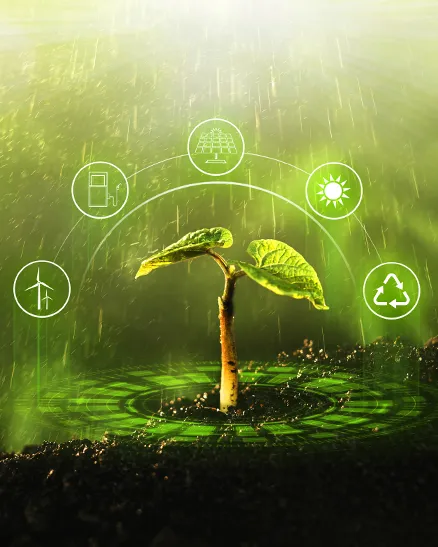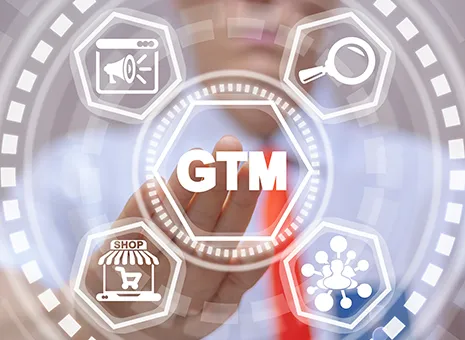How Does Patent & Technology...
European premium car manufacturers, historically revered for their innovation and luxury, now face unprecedented challenges due to the innovative, price-effective electric vehicles (EVs) launched by...
Read More
A Deep-Dive into our work on the industry
Customer behaviors and investors’ eco-conscious focus are constantly navigating enterprises worldwide to integrate sustainability across their business operations. Also, the climate protection-related regulations imposed by various administrations have urged firms to follow the path to decarbonisation and reduce their carbon footprint. Thus, many organizations have been actively incorporating ESG (environmental, social and governance) principles to meet their decarbonisation milestones and become carbon-neutral or carbon-negative. It is estimated that over 1,500 enterprises globally have set net-zero targets. Moreover, decarbonisation approaches are not only intended to reduce the carbon footprint of a particular business but also to build a positive brand image. Companies aligning with sustainability may witness business expansion by developing climate-friendly, low-emission products and services in the near future.
Ingenious e-Brain (IeB) assesses the strategic paths and actions focused on the short to long-term horizon, usually ranging from 1 to 20 years down the line; IeB supports the client in defining their strategic paths for the future through technology, market intelligence, competitive intelligence services, and implementation practices in a pragmatic manner, facilitating decision-making, and translating the strategy into feasible initiatives.
Raw Materials Production
Raw Materials Distribution
Product Manufacturing
Product Distribution & Retail
Consumption
Post-consumer
Eco-friendly extraction, renewable resources
Efficient logistics, reduced carbon emissions
Energy-efficient, circular economy principles
Eco-friendly, sustainable supply chain
Responsible consumer behavior, greener choices
Efficient recycling, proper waste disposal

Challenge
A modular CCU systems provider had redesigned its Go-to-Market (GTM) strategy to launch its products into a new region where profound changes in carbon credits, regulatory frameworks related to decarbonization, and carbon neutrality goals by hard-to-abate sectors were observed, although, they faced the difficult task of implementing it
Business objective
The Client wanted our support in redesigning their GTM strategy and conducting strategic roadshows in the targeted region to understand the tipping points in terms of customer acquisition across the modular CCU segments and to plan delicate negotiations with EPC and direct customers
Approach
Client’s success details
This engagement helped the Client to understand the business impact of the GTM model. The following benefits and outcomes were delivered to the Client:
Here is what we do to make sure that the specific demands of your customers are being fulfilled:
To help our clients understand their customers and their opinion, we start by assessing the competitive landscape, positioning, competitions in different regions, etc., followed by analyzing country-wise regulations, government policies, and restrictions and their impact on the business. After that, detailed profiling of companies is done based on SWOT analysis, product portfolio, services, and strategies. When we are able to identify target geographies, adoption trends, and factors affecting business in different geographies, it becomes easier to understand market figures in terms of volume and value, evaluate product segments, etc.
Here are the important things involved in the process:
We help businesses reduce their carbon footprints by CO2 capture and utilization. Our team focuses on several factors such as life cycle assessment, water consumption, energy consumption, etc. and also performs assessments of the techno-commercial aspects of emerging technologies. We implement digitization by identifying competitors best practices, use cases, and business cases. We also encourage the usage of more recycled materials in new products as well as materials which are easier to recycle.
The product development acceleration involves the following things:
We start by benchmarking different technologies and then recommend the ones with great potential. For this, we perform technology scouting to understand what adjacent industries or sectors are using and then assess the feasibility of their implementation. For state-of-the-art technologies, our team develops an understanding of the technology landscape while assessing whitespaces and gaps in the current products and technologies. Other than this, we also help in the implementation of various digital technologies in smart devices and advanced products.